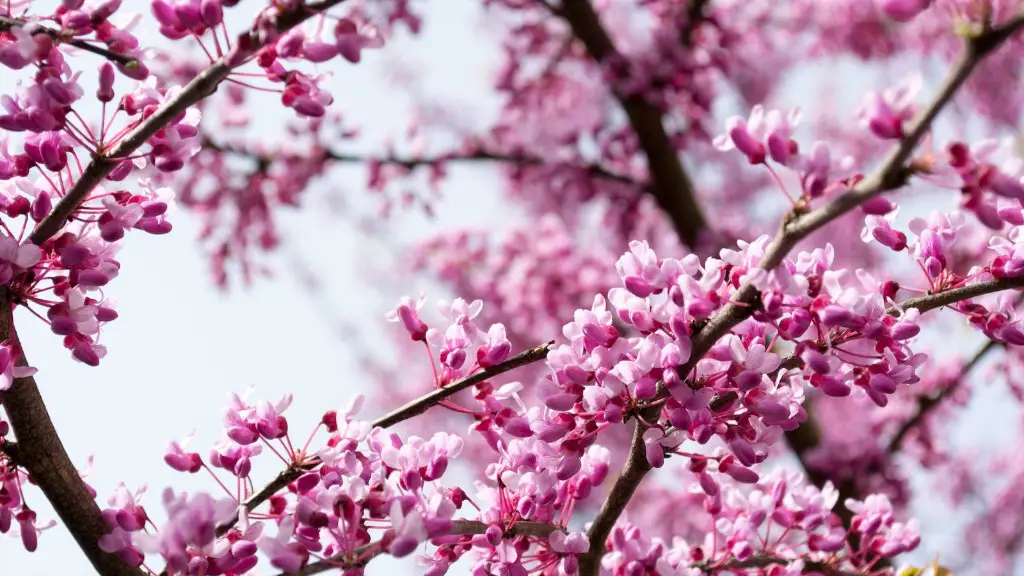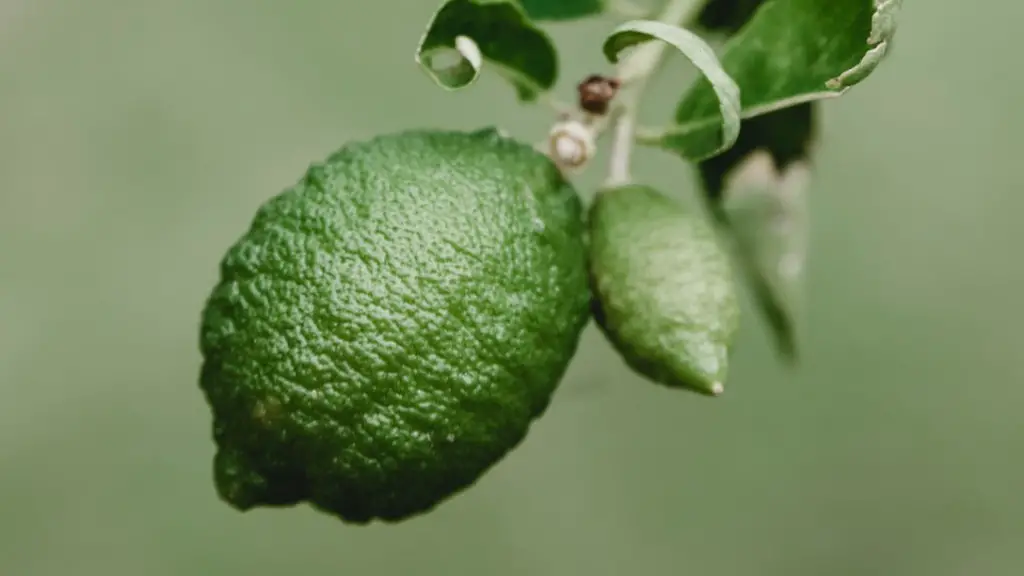Basics of Trimming an Indoor Palm Tree
Trimming an indoor palm tree is an essential part of houseplant care. The lack of regular trimming can lead to overcrowded and unwieldy fronds, as well as a potential for disease and pest infestation. The proper way to prune a palm tree depends on the species, but the process usually follows similar steps.
Before undertaking any trimming, it is essential to gather the right supplies. Trimming a palm tree requires either good pruning snips or specialized plant-cutting tools, such as a hedge trimmer. A pair of gardening gloves and a container to gather the trimmings should also be on hand. It is important to take the time to properly prepare before any cutting is done in order to avoid damaging the plant. For example, if using a hedge trimmer or any other motorized cutting tool, always put on gloves and safety glasses so as not to have any loose debris inadvertently hurt either the person or the palm tree.
Pruning The Fronds
The largest and oldest leaves of the palm tree should always be removed first. To ensure that the fronds that remain are healthy, look for signs of pest infestations or diseases and make sure to remove any fronds showing signs of this. It is recommended that one start from the bottom and work their way up, as trimming from the top can look odd and unbalanced. Depending on the species of the palm tree, some trimming can be done with either hand-held clippers or large shears. After the trimming is done, dispose of the clippings in a responsible manner.
During the pruning process, take care not to make the cuts too close to the stem of the palm tree. This can injure the plant and leave it prone to infection. Always make sure the pruning sheers are clean, which may involve sterilizing them in rubbing alcohol prior to use. This can help the prevention of spreading disease from one plant to another.
Cleaning The Trimmings
When the pruning is done, one should inspect the area and clean up any loose debris. This will also help prevent pest infestations, as the debris may contain eggs or larvae. A handheld vacuum is a good tool for this, as it can quickly and easily remove dirt and debris without damaging the palm tree. If there are any visible pests, manually pick them off and discard them away from the palms’ growing area. For larger pest problems, one may need to consult a specialist to address the issue.
If using a hedge trimmer or another motorized tool to trim the fronds, carefully clean the blades after use. This will help prevent spreading any diseases from plant to plant. A soak in warm, soapy water for about twenty minutes will usually suffice for cleaning the blades thoroughly. Afterward, rinse with clean water and wipe with a cloth soaked in rubbing alcohol to help get rid of any remaining particles.
Repotting and Fertilizing
Finally, it is beneficial to repot the palm tree after trimming. This will provide it with fresh soil to help ensure its growth and road to recovery. If a palm tree has been moved, shifted, or in any way disturbed due to the trimming, it may be beneficial to give it additional fertilizer. Organic options are preferable, as most good quality fertilizer is safe for use on palms.
Applying Pruning Properly
When done correctly, trimming a palm tree can do wonders for its appearance and health. Properly maintained, a palm tree looks lush and vibrant, which is why it is a popular choice for indoor landscaping. Taking the time to understand and implement the proper trimming techniques for the species of palm tree in question can help ensure the long-term health of the tree and overall aesthetic pleasing appearance.
Different Styles of Trimming
Frequently trimming the palm tree is essential to achieving the desired visual effect and maintaining its health. Some opt for a natural look, trimming the fronds so that they protrude and overlap slightly. This looks the most natural, and many find it to be the most aesthetically pleasing. For a more modern, streamlined look, one can choose to trim the fronds so that they remain even with the main stem and do not protrude over each other.
In terms of timing, it is usually best to trim a palm tree when the growth cycle has slowed. That is to say, when the fronds begin to yellow or show signs of aging, then it is time to trim them away. This will promote new, healthy growth and keep the palm tree looking its best.
Altering Trimming Depending on Species
When trimming a palm tree, the species should always be taken into account. Different types of palms may require different trimming techniques, and some may need to be handled more delicately than others. When in doubt, one should consult a specialist or do additional research to ensure that the pruning job is done properly.
For example, some species of palm tree are quite branched, and ideally, all the branches need to be removed. However, this is not the case for all species, and if one makes the wrong cut, it could result in a weakened or dead tree. It is best to start out small and adjust the pruning as needed in order to ensure that the palm tree remains healthy and looks great.
Taking Care After Pruning
After a palm tree has been trimmed, one should not forget its care. This includes making sure the palm tree is getting adequate light, water, and fertilizer. A nutrient-rich soil and regular watering will help ensure that the palm tree can recover and grow again. Additionally, make sure that any pests are addressed promptly so that they do not cause any damage or exacerbation of an existing issue.
Removing Unnecessary Pruned Material
Finally, it is important to remove any pruned material that is unnecessary. This includes any dead or diseased fronds, as well as any debris left over from the pruning process. Doing this will ensure that the environment of the palm tree is as clean and healthy as possible. It will also improve circulation in the area and help discourage pest infestations.


